A fungus called Monilina vaccinii-corymbosi can infect blueberry fruit with a disease called mummy berry. Fruit falls on the ground and withers into shriveled-up berries that seem deceased. But it turns out those “mummies” are actually the fungal version of the fruit — undead berry corpses, if you will. The fungus overwinters in mummified fruit on the ground. The spores of the fungus come from little mushrooms on the ground and attack developing buds in the spring. Its spores prefer to develop in warm and wet conditions. If it rains for more than a day and the temperature rises above 45 degrees in early spring, mummy berry could rise again.
Mummy berry must infect blueberries twice every year to survive. In the first stage of infection, mummies sprout small mushroom-like structures called apothecia, which produce billions of spores. Wind and rain can spread spores to the developing flowers, Pscheidt said. Infected flowers turn brown and collapse.
In the second stage of infection, which happens about three weeks after the plant is first infected, new spores form on the collapsed plant tissue. Wind, rain and pollinators spread these new spores to open flowers. If you cut open the fruit, you can see spongy white fungal growth on a cross-section of the fruit.
The gardener’s best defense against this ruthless fungus is to regularly pick up shriveled fruit off the bush and ground and dispose of it as soon as you first see it, Pscheidt advised. Dispose of the mummies in a hot compost pile, toss them in the dumpster or bury them more than an inch under the soil, he said. Take care to rake up fallen berries every 2-3 weeks, Pscheidt said. Rake gently because blueberry plants have shallow roots. You can also add about 2 inches of a mulch of sawdust or leaves as an extra layer of protection.
If you are battling a mummy berry apocalypse, you may want to consider starting over and planting cultivars that resist the fungus, the blueberry varieties Bluetta, Liberty, Darrow and Olympia, among others, are resistant to mummy berry and can be grown in home gardens.
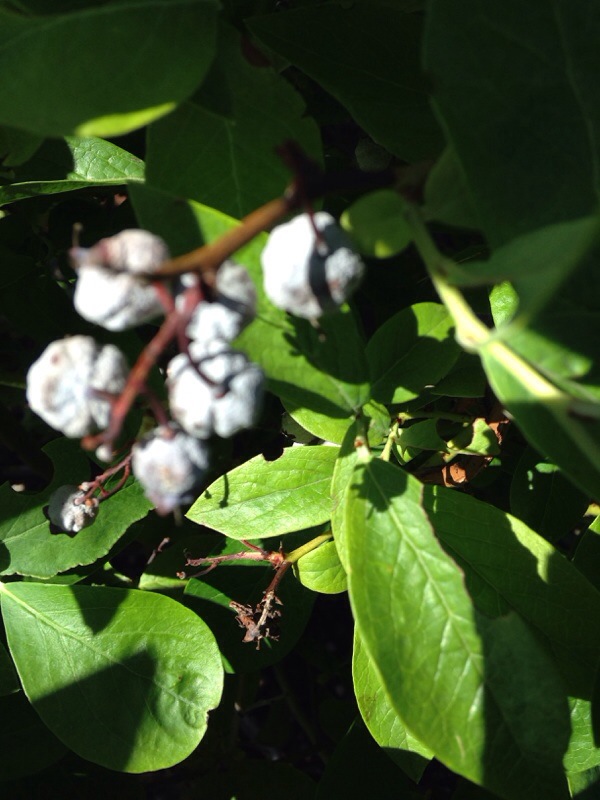
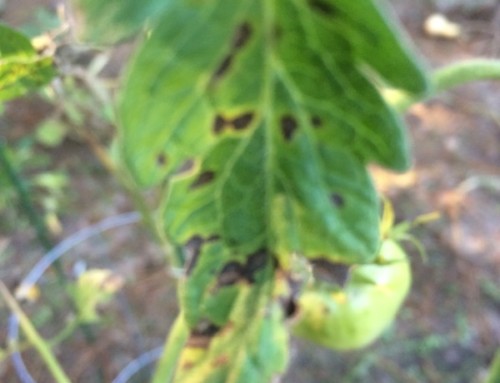
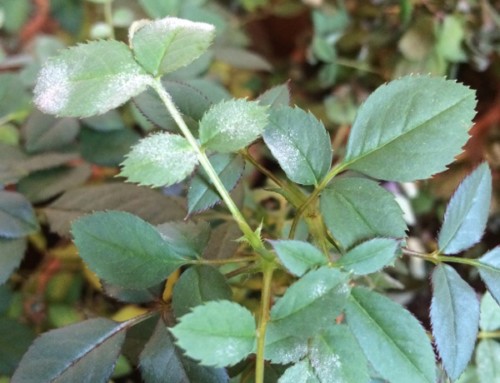
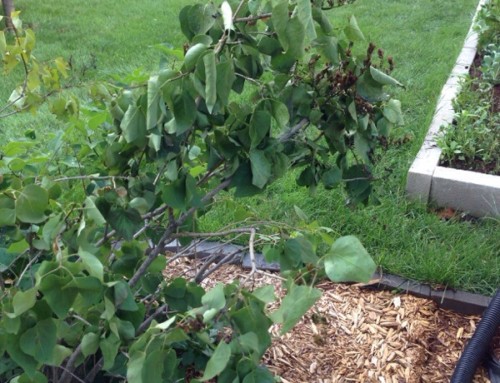
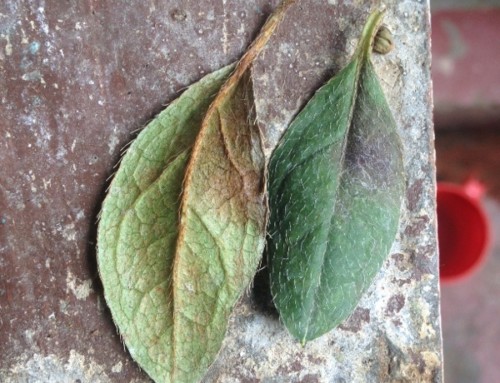
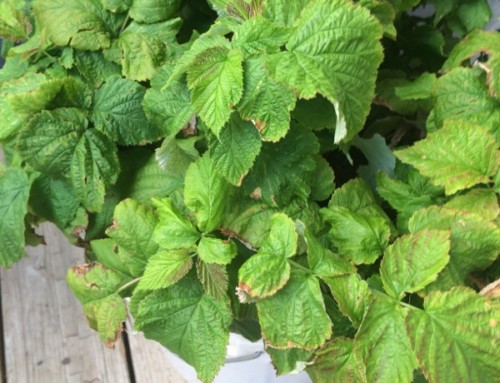
Leave A Comment